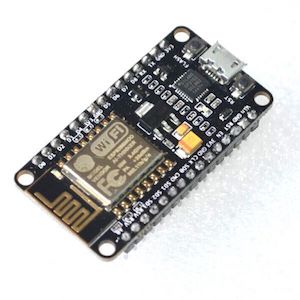So… Here’s a problem that most CMU students encounter on a daily basis: finding someplace to study. This process is surprisingly labor intensive: Here’s an example:
- You decided to find some place to study.
- You walk to Sorrells Library in Wean, and it was full: after the recent renovation the library has become one of the best places to study on campus, and there was no spot left.
- You walk to Hunt Library, climb to the 3rd floor, and it was also full. You think that Gates may have some spots left and walk to Gates…
… and you just traversed half of the campus, wasting 15 minutes for no good reason. (Or, if you are one of the glass-half-full kind of person, it’s 15 minutes of workout.) What if there exists a web page so people can check if a library is full or not…
The basic idea here is to estimate occupancy in a cheap and reliable way. Some ways are:
- Installing an IR sensor at the door of the library, and count people entering/exiting the library.
- Putting a camera at the door of the library, and count people entering/exiting the library.
- Putting cameras in the library, and count people currently in the library.
- Using some device to count Wi-Fi devices in the library, and estimate occupancy based on Wi-Fi devices.
The problem with 1 and 2 is that both solutions are counting delta/difference. We need to integrate the difference to get an occupancy estimation, and error will accumulate over time. 2 and 3 both require cameras: although cameras themselves are cheap, and computer vision libraries for recognizing people exist, hardware able to process camera input is expensive. Cameras may also raise concerns about privacy: most people are not comfortable if they are “monitored”. The only cheap and reliable way is 4: using some gadget to count Wi-Fi devices.
And that gadget is ESP8266. A Wi-Fi-enabled SoC. There are a lot of boards with this chip out there on eBay. The one I used to develop the system is this one:

And these boards are very cheap (4-8 dollars a piece). Buy one here.
To investigate if this is going to work, I modified some code (Github) found online and see if it is going to pick up any device.
The code listens for probe request frames (broadcast frames from Wi-Fi enabled devices to check what access points are available nearby). I flashed the program into the ESP8266, and it worked! The problem is: there are too many probe requests…
To be continued.